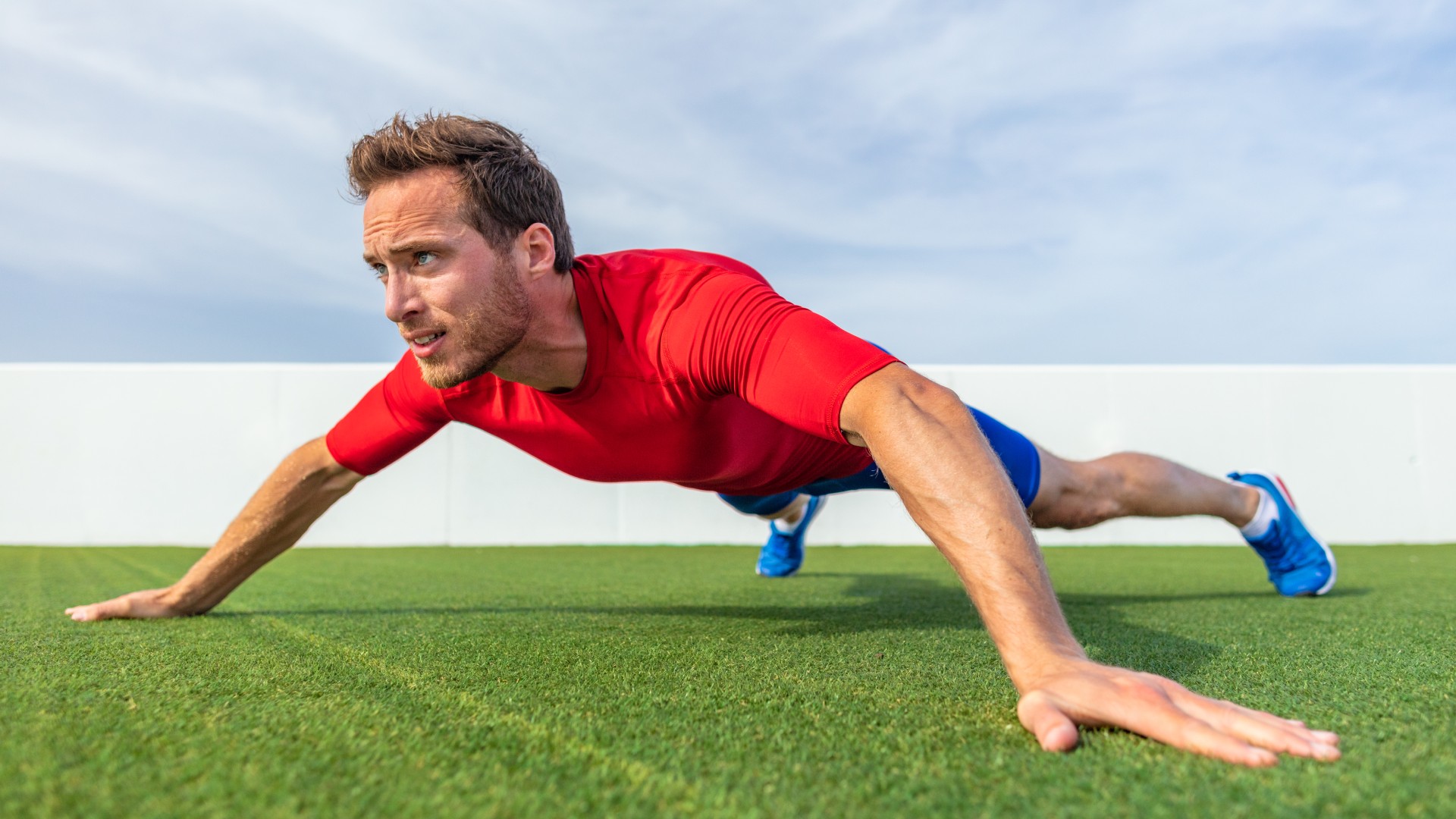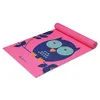
The X plank is a challenging full-body exercise worth adding to your core workouts. Below, we cover how to do it, the benefits and common mistakes.
To do an X plank, start in a high plank position with both arms extended, then walk your hands and feet wide while keeping them straight. Doing so challenges your core and shoulder stability and builds full-body strength, including the quads, glutes, hip flexors, various abdominal muscles and the shoulders and arms.
There are more beginner-friendly planks to get to grips with first, but once you feel comfortable with the basics, roll out one of the best yoga mats and try this one — here’s why.
X planks: Benefits
On top of building stronger and more stable shoulder and core muscles, the X plank is brilliant at developing posture by targeting your entire body, including the transversus abdominis (deeper belt of core muscles that help to stabilize the torso), abs, obliques, glutes, lats, traps, rhomboids, chest, arms (biceps and triceps) and legs (quads and hamstrings). Generally, you’ll notice more activation in the lower abs, outer glutes and inner thighs.
Learning how to hold a plank will help you build the foundational strength required to develop more advanced plank variations, including the X plank. This core exercise comes in a few forms, which we’ll cover below.
How to do X planks

How far you can walk your hands and feet while keeping good form will depend on your core and shoulder strength and how much stability you can generate to hold the position.
- Start in a standard plank position with your arms extended and shoulders stacked over your wrists
- Squeeze your stomach, glutes and quads to create a stable position
- Begin walking your hands forward and wide, pressing your palms into the floor
- At the same time, walk your feet wide, creating a star or X-shape
- Keep your legs straight and quads engaged, and avoid dropping your hips or aching your back — your butt should align with the height of your shoulders
- Hold
X planks: Common mistakes
Poor back positioning
Sign up to get the BEST of Tom's Guide direct to your inbox.
Get instant access to breaking news, the hottest reviews, great deals and helpful tips.
Lifting the butt toward the ceiling or dropping the hips too low will put pressure on your spine, particularly your lower back. Keep your torso engaged and align your hips with your shoulders.
Bending the knees or arms
Keep your arms and legs locked out and squeeze your glutes, quads and hamstrings as you hold the plank position. Avoid dropping your knees toward the mat beneath you, and focus on reaching your hands and feet away from the body.
Incorrect arm positioning
Arguably, it’s easier to walk your feet outward than your arms, which is why plank jacks (jumping or stepping the legs out wide and back again) are so popular and accessible to many people. If you have weak shoulders, practice moving your hands away from the body slowly and position them slightly forward, stopping if you feel weakness or pain.
It’s all about maintaining and building shoulder strength and stability, so only go as far as you feel comfortable, and experiment with moving further away as you get more confident with the exercise. Walking your hands too far apart and not spreading the weight evenly between hands and feet will create instability.
X plank: Variations
Plenty of the best plank variations will strengthen your core and activate muscles from head to toe, but if you want to switch things up during ab workouts, there are a few takes on X planks.
Our writer recently performed another X plank variation involving moving from the standard plank position to a downward-facing dog and tapping the opposite hand to the opposite foot, adding a stretch down the back of the body as you hold the position with one hand and foot on the ground.
You could also make the static exercise dynamic by holding the X plank position, then lifting the opposite arm and leg simultaneously, testing balance, coordination and stability.
A huge mistake often made during the moving X plank includes sending the butt into the air as you lift the arm and leg or dropping the hips. Again, remember to keep your torso stable and drive from your core at all times.
Start with 3-4 sets of holding for 20-30 seconds, and increase the time spent holding the plank as you get stronger. If the X plank isn’t for you, we include more ways to top up your core workouts below.
More from Tom's Guide
- Farmer's walk: How to do it, and the benefits of walking with weights
- Commando planks: How to do them, and the benefits for strengthening your core
- I did 50 walking planks a day for a week and was surprised by the results.

Sam Hopes is a level 3 qualified trainer, level 2 reiki practitioner and senior fitness writer at Tom's Guide. She is also currently undertaking her Yoga For Athletes training course. Sam has written for various fitness brands and websites over the years and has experience across brands at Future such as Live Science, Fit&Well, Coach, and T3.
Having worked with fitness studios like F45 and Virgin Active, Sam now primarily teaches outdoor bootcamps, bodyweight, calisthenics and kettlebells. She also coaches mobility and stretching-focused classes several times a week and believes that true strength comes from a holistic approach to training your body.
Sam has completed two mixed doubles Hyrox competitions in London and the Netherlands and finished her first doubles attempt in 1:11.










